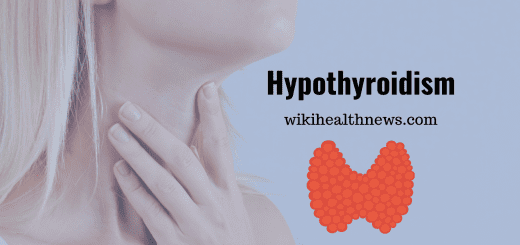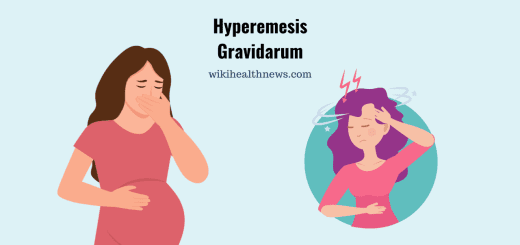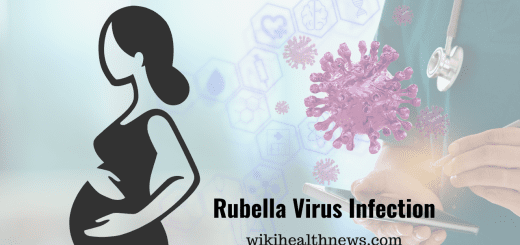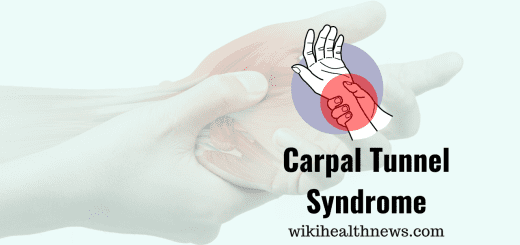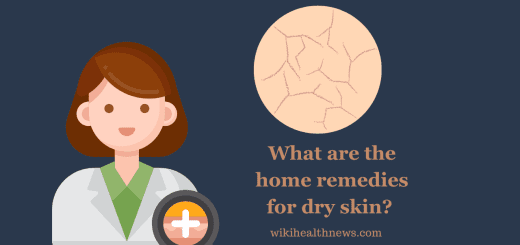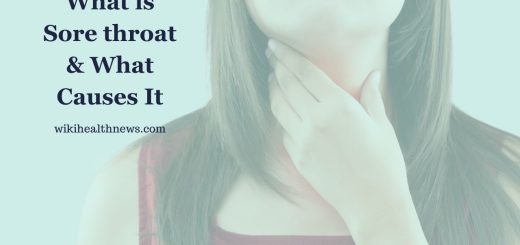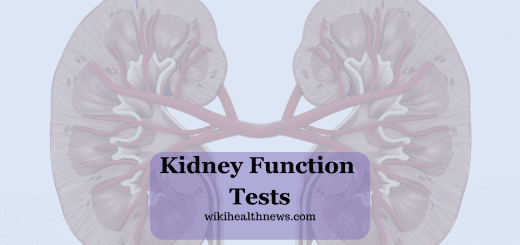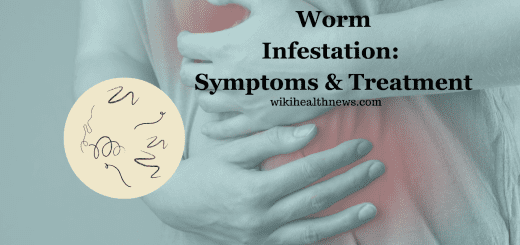Types of Simple Cysts in Our Body
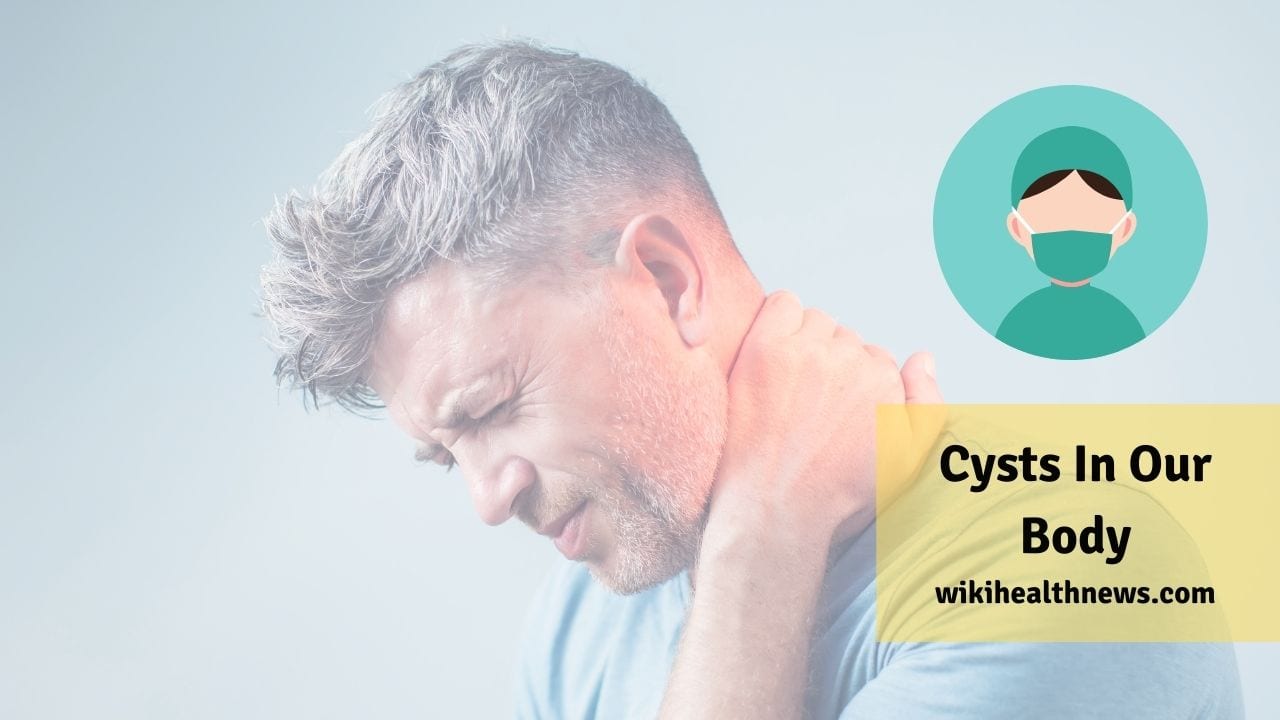
What are cysts?
Cysts are closed capsule or pouch-like structures, fully filled with a liquid, semisolid, or gaseous material like a blister. These are different in size from microscopic to large ones. Very large cysts can displace internal organs. The most majority of cysts are benign but few may be cancerous growths. A cyst is not a normal part of tissue wherever it may be located. It is a membrane containing fluid that is separated from the tissue. The outer portion of a cyst is called a cyst wall. This sac is filled with pus when infected and turns into an abscess.
What causes cysts?
Cysts are a varying common one that occurs anywhere in the body. Mostly it is caused by the result of:
- Infection
- Tumors
- Genetic condition
- Defects in the cells
- Chronic inflammatory conditions
- Blockages of ducts in the part of the body that causes fluid
- Parasite
- The injury that breaks the vessel
- Mostly these are painless unless they rupture or get infected.
Types of cysts:
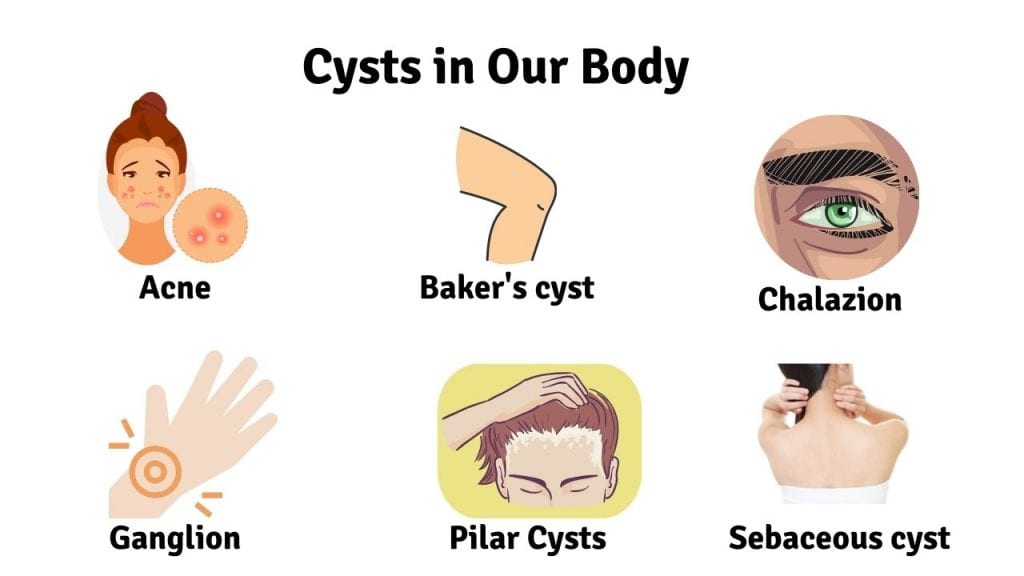
Acne
Cystic acne is the most common type of acne in which the skin pores becomes blocked, leading to infection and inflammation.
Arachnoid :
Arachnoid cyst is mostly occurs in newborn babies. The arachnoid membrane covers the brain of the baby during fetal development. This will splits a fluid form of an abnormal pocket of cerebrospinal fluid which needs to drain.
Baker’s:
Baker’s cyst is known as popliteal cysts. A person experiences pain with bulges and a feeling of tightness behind the knee. The pain will increase when during exercise. This usually occurs due to problems in the knee joint like arthritis or cartilage tear.
Bartholin’s:
Bartholin’s cyst can occur when the ducts of the Bartholin gland which is located in the vaginal and get blocked. The treatment is mild surgery or antibiotics.
Cysts in Breast
Breast cysts most common and also be painful in females which no need for treatment. It occurs due to changing the breast size throughout the menstrual cycle. It offend will disappear. Treatment is draining the fluid if it causes any discomfort.
Chalazion:
Very small eyelid glands known as meibomian glands, make a lubricant that come out of a tiny opening in the edges of eyelids. It occurs due to blockage.
Colloid:
Colloid cysts occur in the brain and contain gelatinous material. Treatment is the removal through surgery.
Dentigerous:
Dentigerous cysts surround the crown of an unerupted tooth.
Dermoids:
Dermoid cysts comprise mature skin, hair follicles, sweat glands, and clumps of long hair, bone, cartilage, and thyroid tissues.
Epididymal:
Epididymal cysts, form in the vessels that attached to the testes which most common and does not typically impair fertility. The severity of pain may compel for surgical removal.
Ganglion :
A ganglion cyst is small which is a harmless growth that forms mostly near to the joint or covering tendon. This cyst mostly occurs in the wrist and also appears in the hand, foot, ankle, and knee.
Hydatid:
Hydatid cyst will occur due to a small tapeworm. These mostly occur from the organ like lungs or liver. The treatment is options that include surgery and medication.
Cysts in Kidney:
There are severe types of kidney blisters which also known as renal cysts. Solitary ones contain fluids, most times including some collection of blood. These may present at birth also, while tubular blockages cause others. People with renal vascular disease may have cysts that formed due to the dilation of blood vessels.
Ovarian tumors or cysts:
Ovarian cysts are most common in Indian females who have regular periods. They are occurring due to ovulation. The major of these are benign and cause no symptoms but some have mild pain in the abdomen. The polycystic ovarian syndrome refers to ovaries having tiny and multiple follicles.
Pancreatic:
Mostly this pancreatic cyst will not occur commonly. These are known as pseudocysts which do not contain the types of cells present in true ones. This can include cells normally present in other organs like the stomach or intestines.
Periapical :
Periapical, are also known as a radicular, which is the most common type of odontogenic cyst. These are related to the formation and development of teeth. They usually develop due to inflammation of the pulp.
Pilar:
Pilar cyst is also called as trichilemmal. These are filled with fluid that forms from the hair follicles, and they usually develop in the scalp.
Pilonidal:
Pilonidal cysts form in the skin near the tailbone or lower back, and they will sometimes have ingrown hair. These can grow in clusters, which cause holes or cavities in the skin.
Pineal gland cysts:
These are benign cysts that form in the brain where the pineal gland is located.
Sebaceous cysts:
This type of growths occurs in the skin of the face, back, scalp, or scrotum. This may be an epidermal or pilar cyst.
Tarlov:
Tarlov cysts are also called perineural, perineurial, or sacral nerve root, which are located at the base of the spine and are filled with cerebrospinal fluid.
Vocal fold:
There are two types of benign growths of vocal fold:
- Mucus retention
- Epidermoid .
Vocal fold cysts will interfere with the voice quality of one person’s speech, it can cause
- Multiple tones simultaneously called diplophonia
- Breathy speech, or dysphonia
- Hoarseness
Prevention
Eat healthy foods like:
- High-fiber foods, which includes broccoli, greens, almond, berries, and squash.
- Lean proteins include fish, tofu, and chicken.
- Anti-inflammatory foods and spices also include tomatoes, kale, olive oil, and almonds.
Read more
